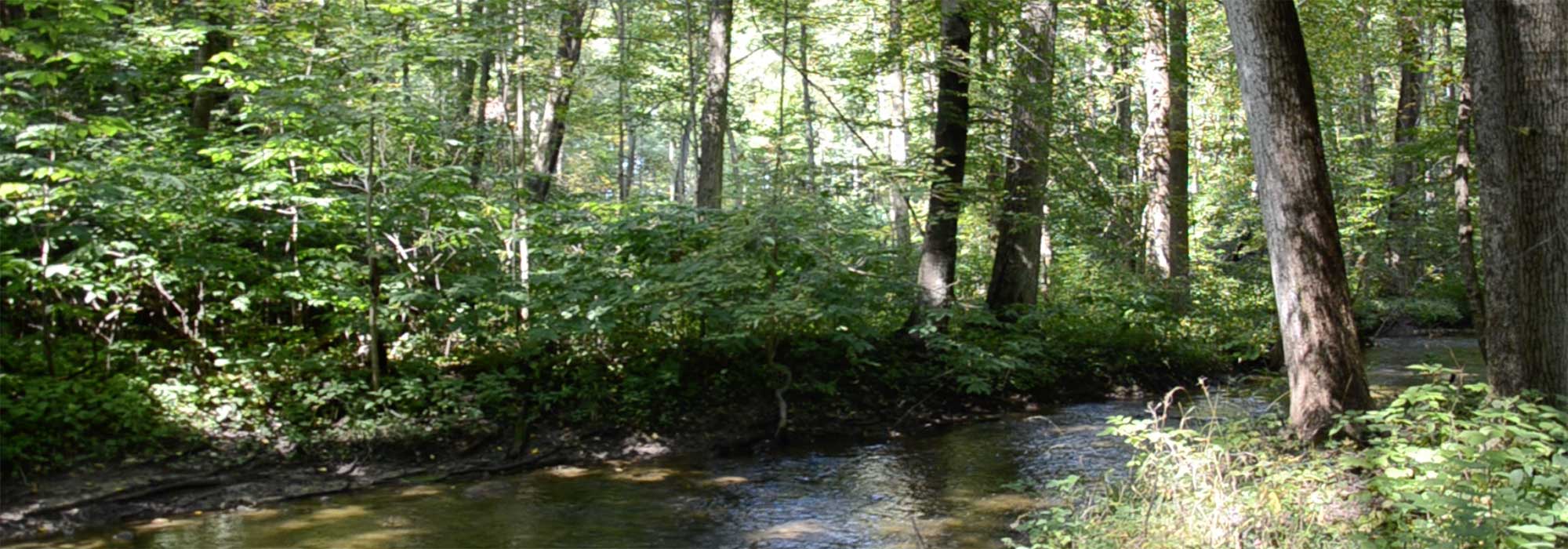Quality, Service, & Forest Stewardship for Over 100 years!
Pike News
Best Management Practices
Best Management Practices, or BMPs as they are known in the industry, were established in 1998 through a cooperative effort from the logging, sawmilling, forestry, environmental and regulatory agencies. As a forestland owner, you are well aware that the forest acts as a natural filter of water. BMPs are a voluntary set of guidelines that mainly deal with water quality concerns as it relates to forest practices, more specifically timber harvesting. During actual harvest operations, the plan is implemented. The goal is to minimize disturbance and direct water to undisturbed forest soil. For some of the more sensitive areas such as stream crossings, Pike uses portable bridges for the equipment to cross. Waterbars consist of a trench, and mound of soil, and are commonly used on sloped skid trails to divert and slow down the movement of water. The benefits of BMPs are enormous and are a vital part to any forest management plan.
The key to success is proper planning. A properly planned and well executed harvesting operation greatly minimizes the potential for erosion. At Pike, the logging supervisors and loggers have successfully completed the Indiana BMP training course. A well developed plan involves looking at the topographic maps to your woods, walking the site, and laying out the correct areas for skid trails, stream crossings, and landing sites.

